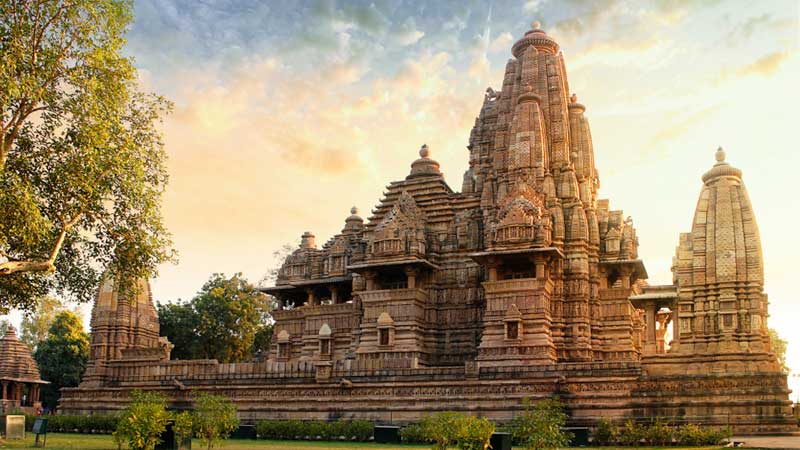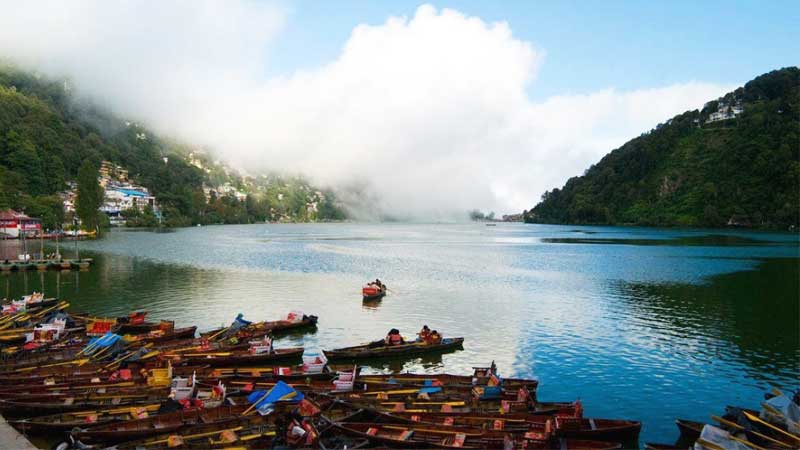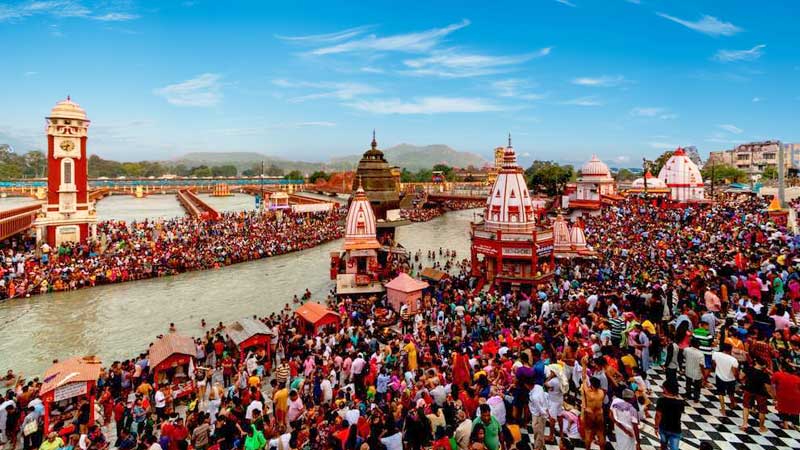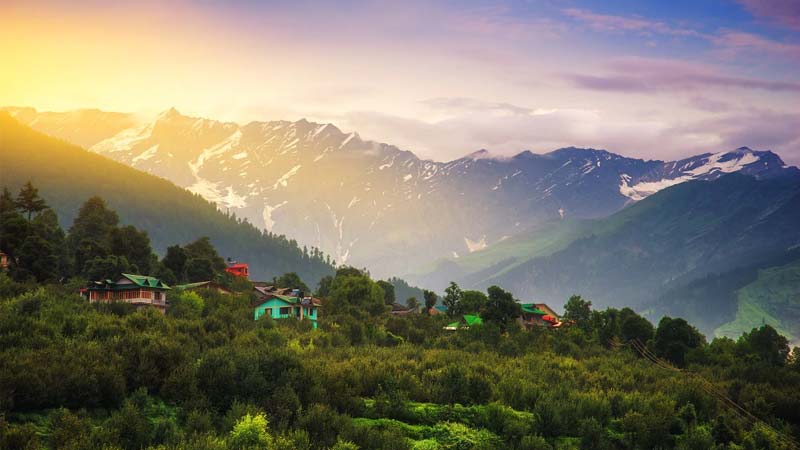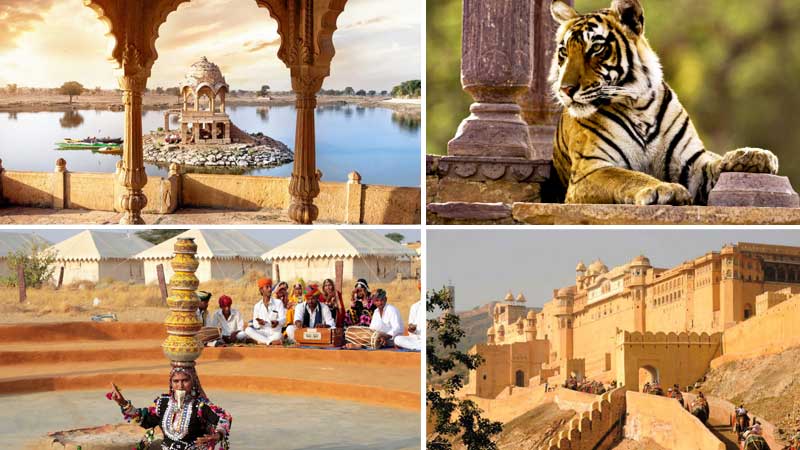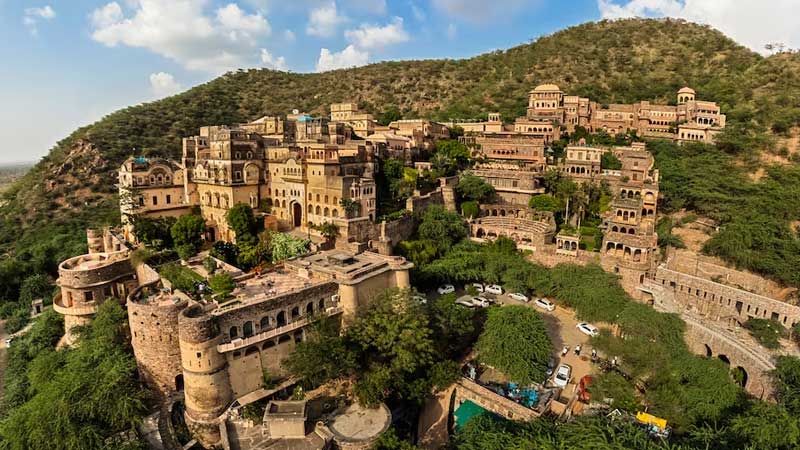Varanasi is one of the oldest continuously inhabited cities in the world. Its early history is that of the first Aryan settlement in the middle Ganges valley. By the 2nd millennium BCE, Varanasi was a seat of Aryan religion and philosophy and was also a commercial and industrial center famous for its muslin and silk fabrics, perfumes, ivory works, and sculpture. Varanasi was the capital of the kingdom of Kashi during the time of the Buddha (6th century BCE), who gave his first sermon nearby at Sarnath. The city remained a center of religious, educational, and artistic activities as attested by the celebrated Chinese Buddhist pilgrim Xuanzang, who visited it in about 635 CE and said that the city extended for about 3 miles (5 km) along the western bank of the Ganges.
Varanasi subsequently declined during three centuries of Muslim occupation, beginning in 1194. Many of the city’s Hindu temples were destroyed during the period of Muslim rule and learned scholars fled to other parts of the country. The Mughal emperor Akbar in the 16th century brought some relief to the city’s religious and cultural activities. There was another setback during the reign of the Mughal emperor Aurangzeb in the late 17th century, but later the Marathas sponsored a new revival. Varanasi became an independent kingdom in the 18th century, and under subsequent British rule, it remained a commercial and religious center.
In 1910 the British made Varanasi a new Indian state, with Ramnagar (on the opposite bank) as headquarters but with no jurisdiction over the city of Varanasi. In 1947, after Indian independence, the Varanasi state became part of the state of Uttar Pradesh.
Kashi Vishwanath Temple
located in the heart of Banaras Hindu University, and is dedicated to Lord Shiva, the presiding deity of the city.
Bharat Mata Temple
A unique temple dedicated to Mother India. It houses a relief map of India, carved out of marble, instead of the customary gods and goddesses.
Tulsi Manas Temple
In the modern marble Sikhara-style, Tulsi Manas Temple was built in 1964 by a philanthropist family of Varanasi and is devoted to Lord Rama.
Sarnath
which bears testimony to its great past where Lord Buddha delivered his first sermon expounding the principals of Buddhism. You can visit the art collection at the Archaeological Museum (closed on Friday).
Aarti ceremony
The Aarti Ceremony can be defined to be a Hindu ritual in which light or fire, which is lit with the help of wicks, soaked in ghee or clarified butter is offered as a means of worship to the deities. Almost all the Hindu rituals of worship involve the ceremony of Aarti.

